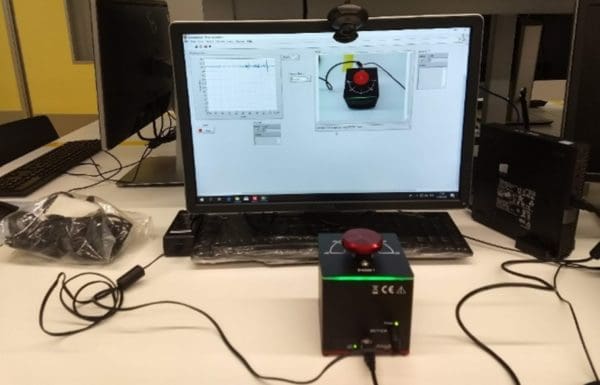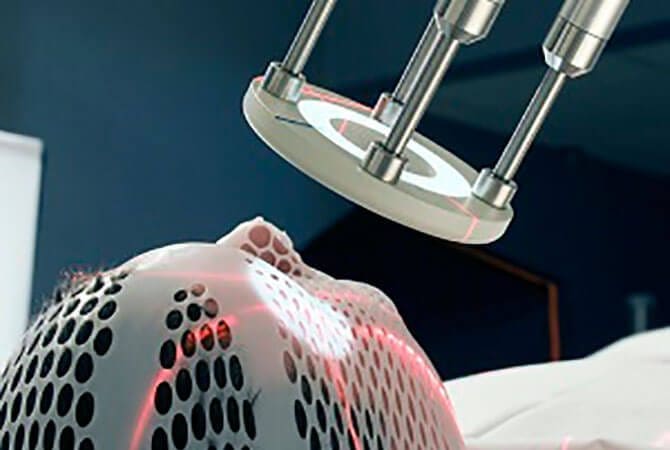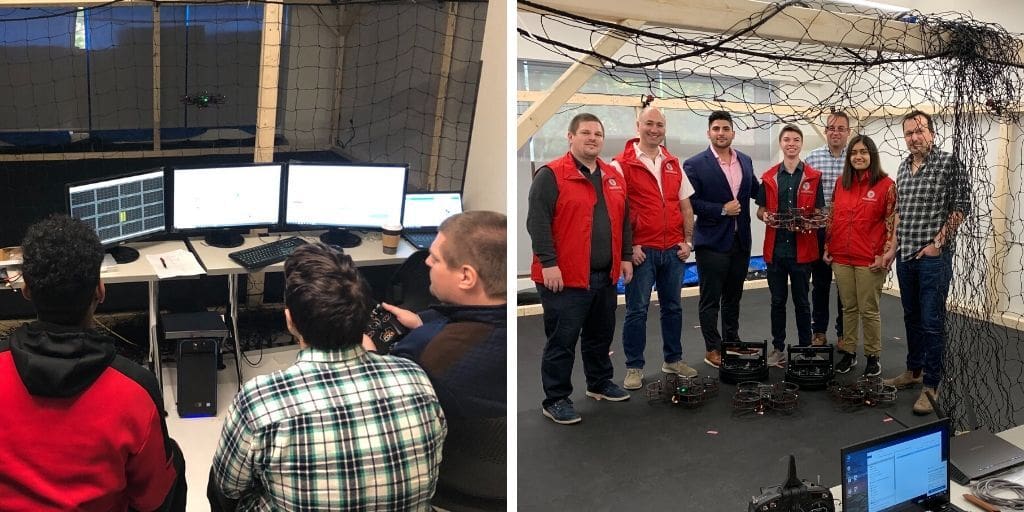
By 2003, the Faculty of Applied Science at Queen’s University (Kingston, Ontario, Canada) was facing the same kinds of growth and space challenges that are familiar to engineering schools around the world. With a diverse range of ten unique engineering programs – and limited facilities – the staff at Queen’s created a co-operative, state-of-the-art space that serves all engineering disciplines.
The result, which opened in May 2004, was the multi-use Integrated Learning Centre (ILC) housed in Beamish-Munro Hall – an 80,000-square-foot three-story building, arranged around a central atrium – with a purpose to provide support for creative and collaborative learning.
Challenge
A space for creative and collaborative learning
“The idea was to have a building dedicated to undergraduate teaching and available just for students,” says Dr. Keyvan Hashtrudi-Zaad, Assistant Professor, Department of Electrical and Computer Engineering. “The students run experiments, they can have project meetings, there is specialized teaching going on in the building … it all works extremely well.”
Keyvan explains the lab space in these “instrumented classrooms” is reconfigurable, in that different disciplines share movable carts, which are equipped with various computers and common measurement tools. “Within five minutes, you can bring all the carts out, plug them in and use them,” Keyvan adds. “The minute the lab is over, the carts are put into storage. So it’s completely reconfigurable and it’s a very efficient use of space.”
He notes “good communication and planning” between the various departments allows the lab to run smoothly.
Solution
Departments find value in sharing equipment
When Quanser visited Queen’s, a robotics lab was in session, run by the Electrical Engineering program. The course was “Introduction To Robotics” and 20 fourth-year students were actively learning and experimenting with Quanser’s Rotary Flexible Link and Rotary Flexible Joint, as part of the controls portion of the course.
“While this particular lab is for Electrical and Computer Engineering, we share Quanser equipment with other departments,” says Keyvan. “Our department, Mechanical Engineering, Chemical Engineering and the Mathematics and Engineering program – all have control courses.” So the entire faculty is not just sharing space, it’s sharing equipment.
“Yes, that’s the whole idea of going with Quanser equipment,” Keyvan explains. “We decided to go with Quanser because Quanser equipment was modular and flexible, you can use it for control, you can use it for robotics, and you can add different accessories to each servo module and create new experiments out of it.”
Result
Excellent support
While the modularity aspect of the equipment is unique – a feature that dramatically reduces the cost-per-experiment (since many experiments can be conducted on the same “base unit”) – Keyvan also cites the Quanser curriculum as a benefit to professors and students alike. In addition, he notes the experiments are easy to use, install and operate.
“But,” he stresses, “the real surprise to us was the excellent technical support and service. This is something we found out about later – that it was really good. Nothing has gone wrong with the equipment, but in terms of people asking questions, the Quanser service is quite remarkable.”
And while the Queen’s professor was impressed with Quanser’s complete understanding of control education and research, he saved his final words for a simple, straightforward observation: “We’ve found that the equipment is of very good quality … we simply haven’t had any problems with it!”


